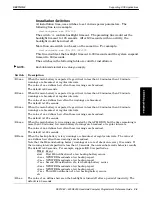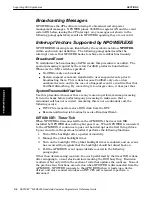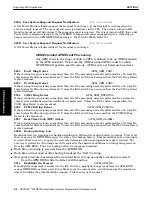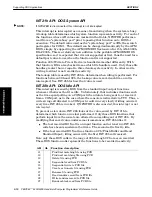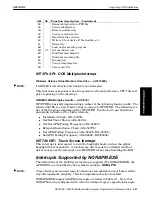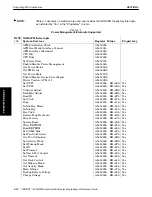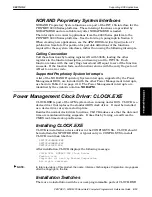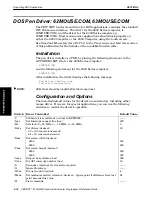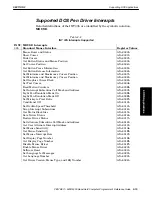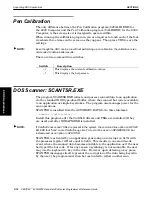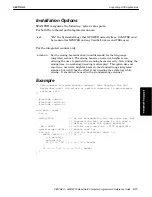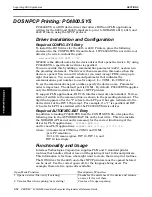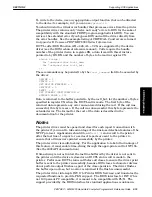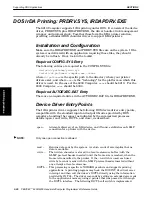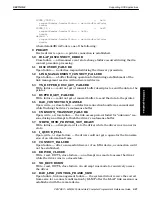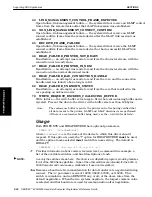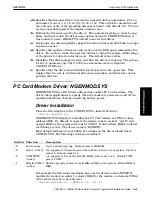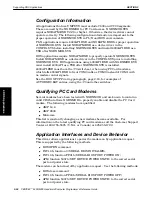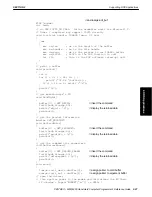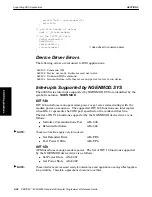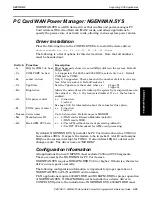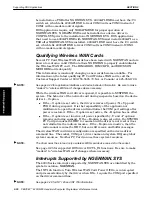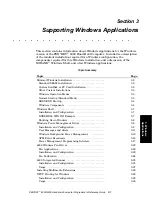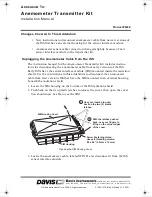
SECTION 2
Supporting DOS Applications
2-16 PEN*KEY
R
6200/6300 Hand-Held Computer Programmer’s Reference Guide
Pen Calibration
The only difference between the Pen Calibration program (62CALIB.EXE) for
the 6200 Computer and the Pen Calibration program (CALIB.EXE) for the 6300
Computer, is the screen size it is designed to operate within.
When running the calibration program, you are requires to touch each of the four
crosshairs three times on the screen as they appear. Then press YES to save the
settings.
"
NOTE:
Even though the HHC can be run without performing a pen calibration, the calibration is rec-
ommended to obtain better results.
There are two command line switches:
Switch
Description
ćv
This displays the current calibration values.
ć?
This displays the help screen.
DOS Scanner: SCANTSR.EXE
The program SCANTSR.EXE collects and passes scanned data to an application
via the standard DOS typeĆahead buffer, where the scanned bar code is available
to an application as simple keystrokes. The program also manages power for the
scan operations.
SCANTSR is installed from the AUTOEXEC.BAT file via this statement:
scantsr [/option:value] ...
Install this program
after
the CardSoft drivers and TSRs are installed (if they
are used) and after NORAPM.EXE is installed.
"
NOTE:
If CardSoft drivers and TSRs are present in the system, the command line option on NPOW-
ER.EXE that “fixes” some CardSoft bugs (/ss:1) must not be used on NPOWER.EXE, but
instead used as an option to SCANTSR.
SCANTSR is activated by an application generating an interrupt on 0x7A with
the processor register AH set equal to 0x80. This results in one scan decode
event, where the scanned data becomes available to the application as if the user
had typed the bar code. If for any reason a symbology is not scannable, the user
may use the keyboard to key in the data. However, upon detecting a key press,
SCANTSR disengages itself to prevent the corruption of the data being keyed in
by the user; the program must then be reactivated to collect another scan.
2. DOS
Applications


